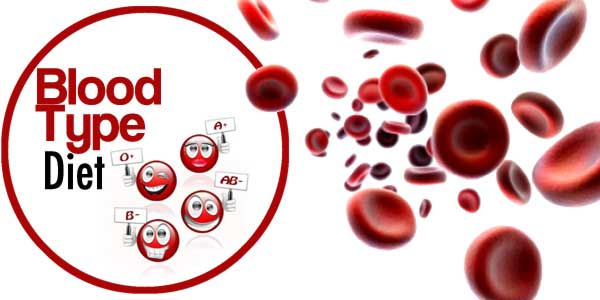Introduction
Renowned naturopath Dr. Peter D’Adamo promoted the blood type diet in his first book, Eat Right 4 Your Type. He inherited the notion from his father that an individual’s ABO blood type can be an important factor in determining a healthy diet for that person.
D’Adamo believes that people of different blood types should follow different diets. He explains that your blood test plays a large role in dictating one’s way of living and eating.
Your blood type should enable you to make informed choices regarding your exercise, diet, supplement and even medical treatment plans.
Blood Type Diet Myths & Facts
Many known diets are standardized diets. Most diets recommend one particular plan of action for all individuals to follow. The blood type diet, however, shows that personalized diets work just as well as other diets.
Positive results from studies of the blood type diet were found to be consistent across all the different blood types.
Individuals following the diet recommended for type O blood had results just as positive as those following the diet for type A blood.
The same goes for those following the diets of types B and AB.
After various studies and tests, 6617 individuals reported their results from following the blood type diet. All of the participants followed the diet for at least one month.
Three out of every four or 71-78% of the individuals showed significant improvement in various health conditions.
The participants reported that the most obvious result of the blood type diet was weight loss. However, many reports also showed detailed improvements in overall energy, mental clarity, digestive function and resistance to stress.
Many doctors and academics question how a person’s blood type can play a role in dictating one’s diet.
The core idea behind this diet is that blood types indicate the foods our ancestors used to eat.
D’Adamo believes that blood group O is the hunter, the earliest of the human blood groups.
Type O follows a high protein diet. Those with blood type A were cultivators, hence the diet that lacks red meat and focuses primarily on vegetables.
Type B is the nomad, which D’Adamo believes to be the only group that can thrive on dairy products.
Blood type AB is the enigma, which is the most recently evolved blood type. The AB group is an intermediate between type A and type B.
The Blood Type Diet
Those with blood type O follow a high protein and low carbohydrate diet.
Foods high in protein such as red meat, fish, vegetables and fruits are recommended.
This diet suggests that you stay away from corn, cabbage, lentils and most especially gluten found in wheat products.
These foods are the leading cause for weight gain for those with type O blood.
Dr. D’Adamo believes that individuals with type O should engage in intense physical exercise, such as martial arts, contact sports, aerobics and running.
Those with blood type A follow a diet that is low in fat, high in carbohydrates and is plant-based.
People with type A blood should eat a lot of foods that are organic, fresh and pure.
They should eat foods such as fruits, vegetables, seafood, grains, beans and legumes.
Because people with type A blood have thicker blood than others, they should stay away from eating dairy products, meats and animal fat.
Individuals with type A blood are susceptible to cancer, diabetes and heart disease.
The best exercises for those with type A blood are calming and centering exercises such as tai chi and yoga.
Blood type B follows a more omnivorous diet. People with this blood type are believed to have a tolerant digestive system and a strong immune system.
The diet for this blood type is a balance between animal and plant proteins.
People with type B are allowed to eat meat, dairy, beans, fruits, vegetables, legumes and grains.
Moderate physical exercise is best for people with this blood type.
Examples of such activities are tennis, swimming, cycling and tennis.
Blood type AB is the most biologically complex blood type there is.
People with this blood type can enjoy a combination of the recommended diet and exercise plans for types A and B.
D’Adamo suggests that those with type AB follow a vegetarian diet most of the time with occasional dairy, meat and fish products.
The same goes for exercise.
Those with type AB blood can combine moderately intense exercises with calming ones.







